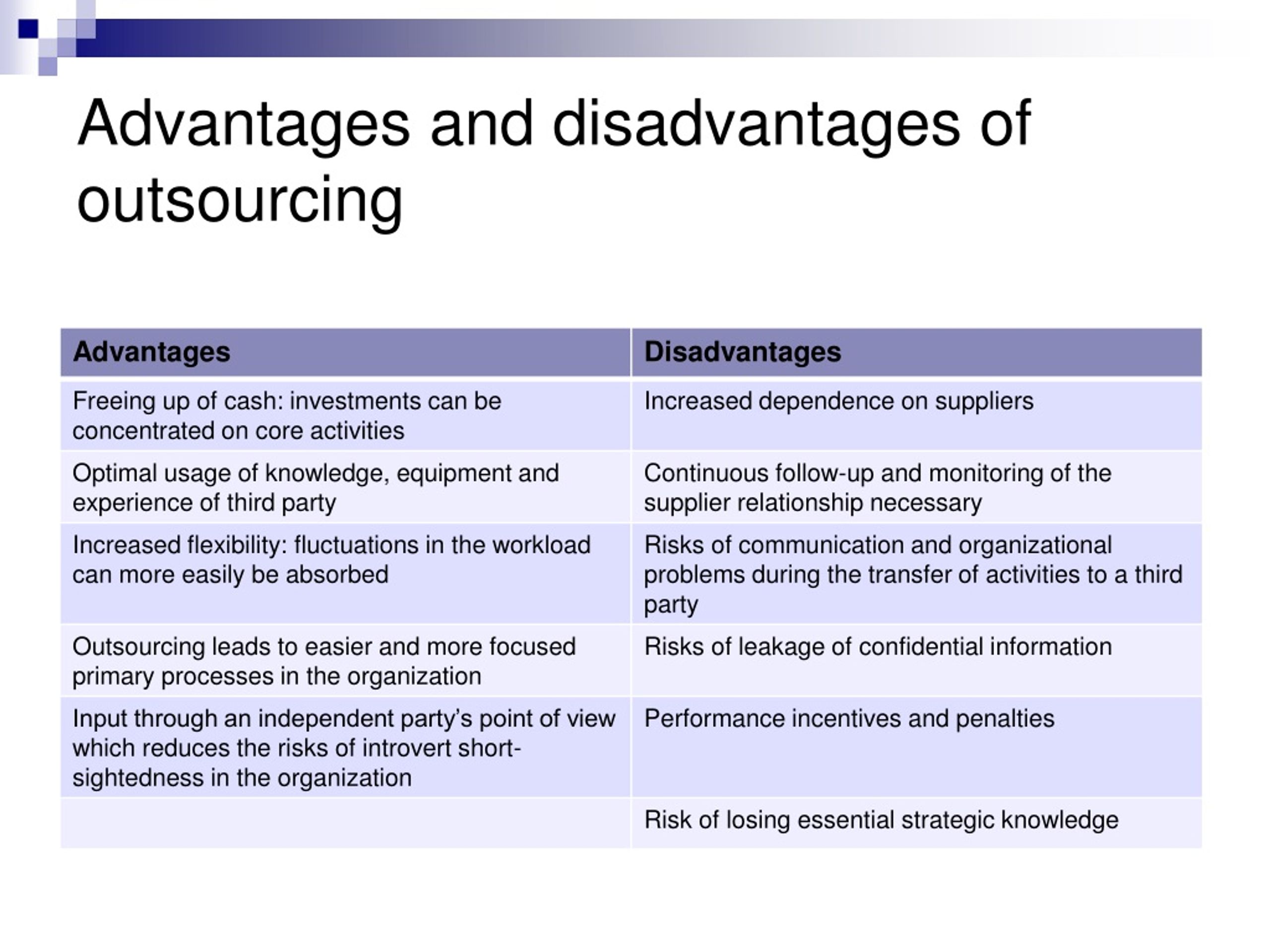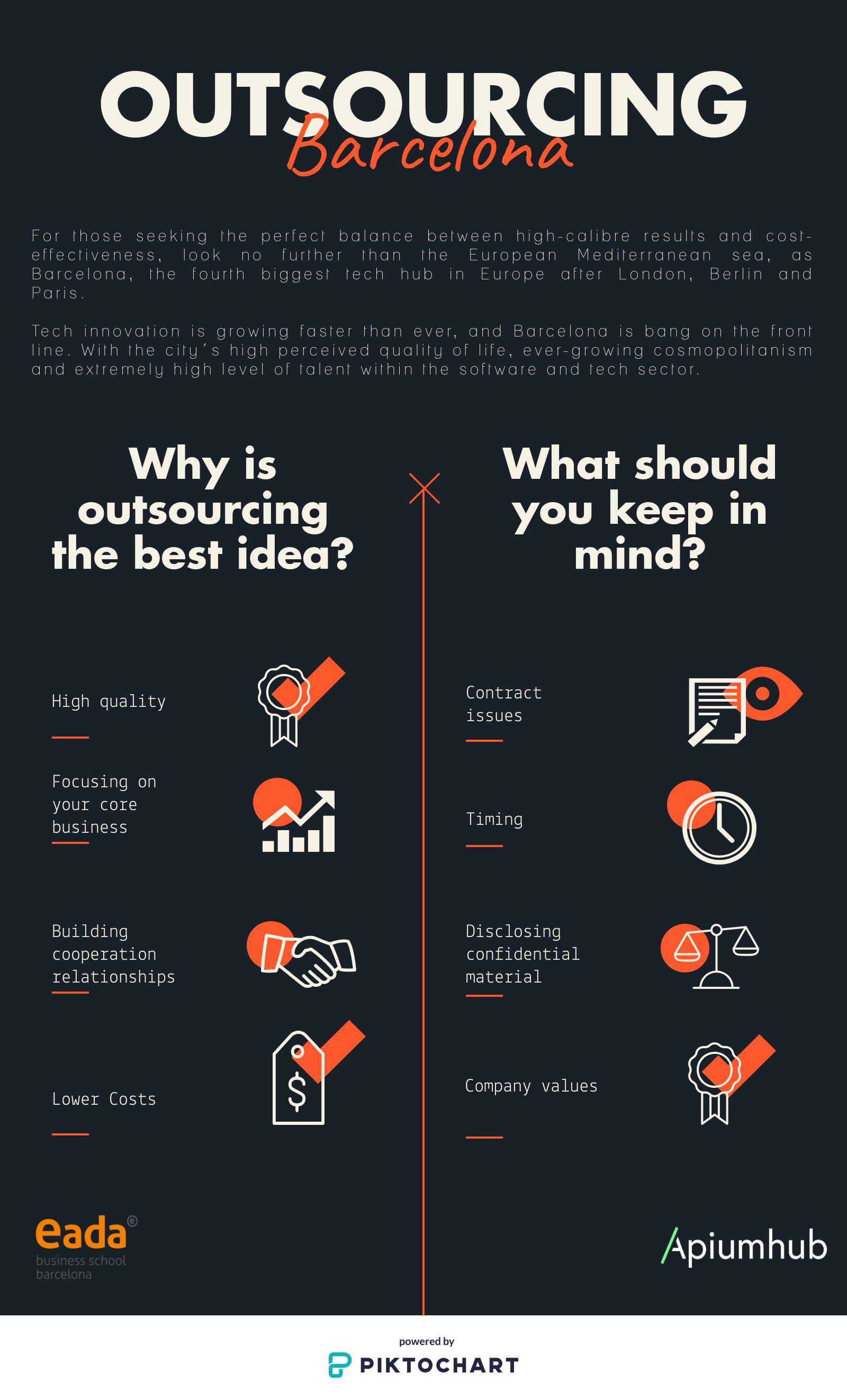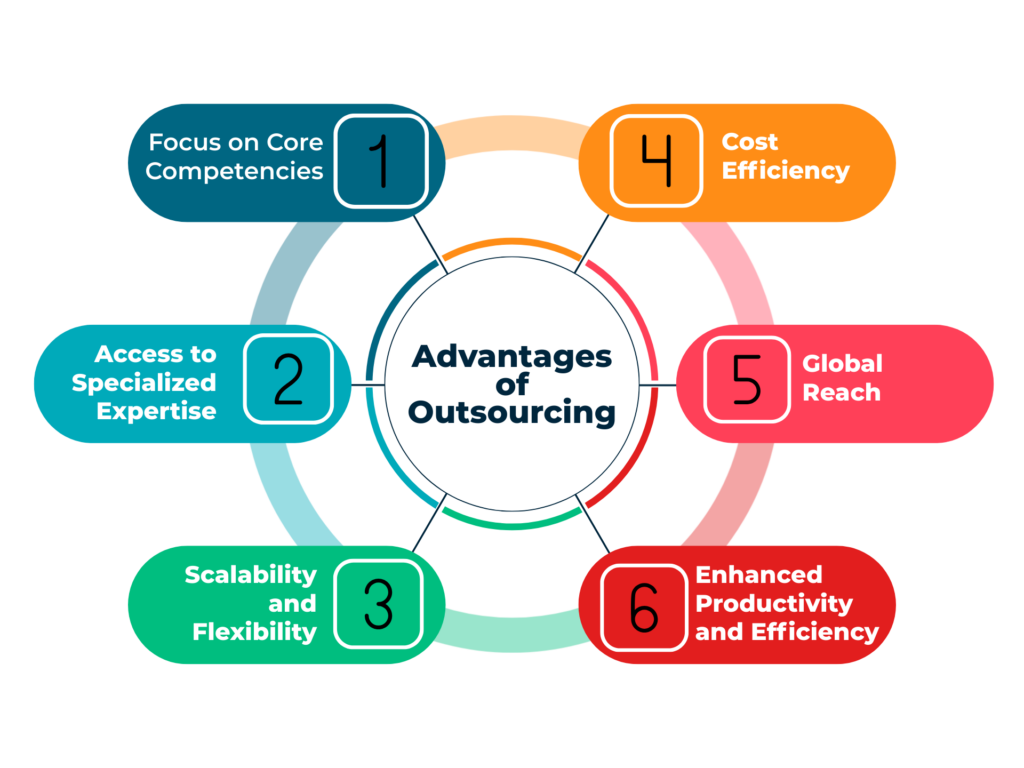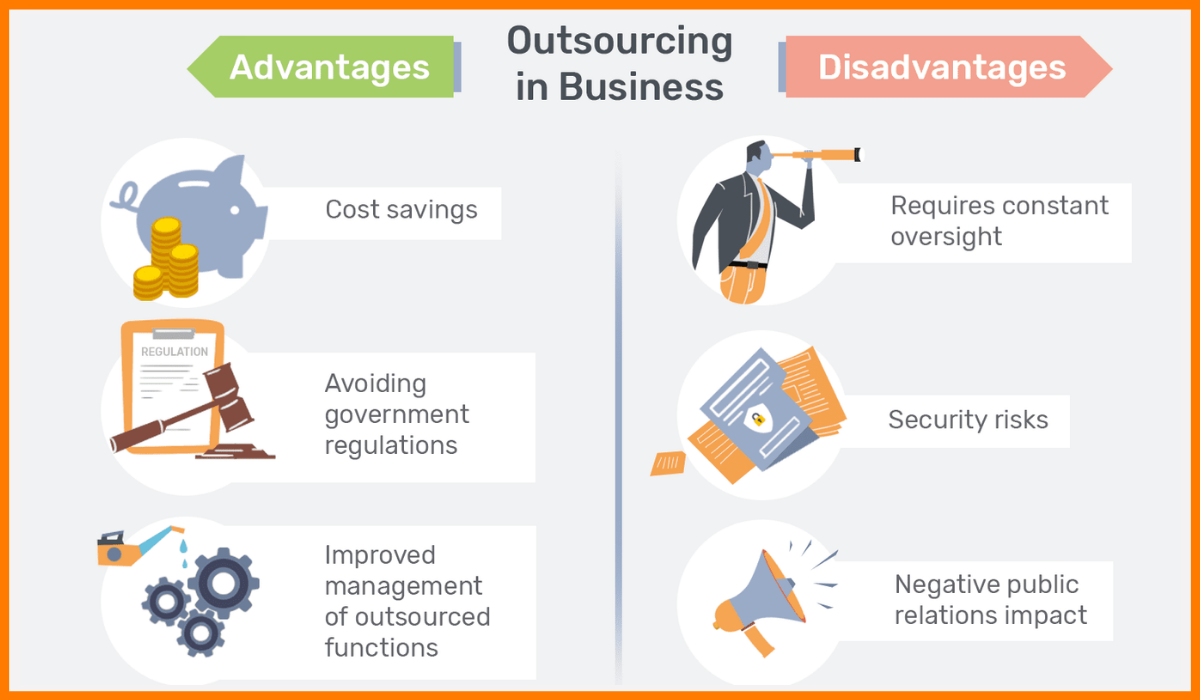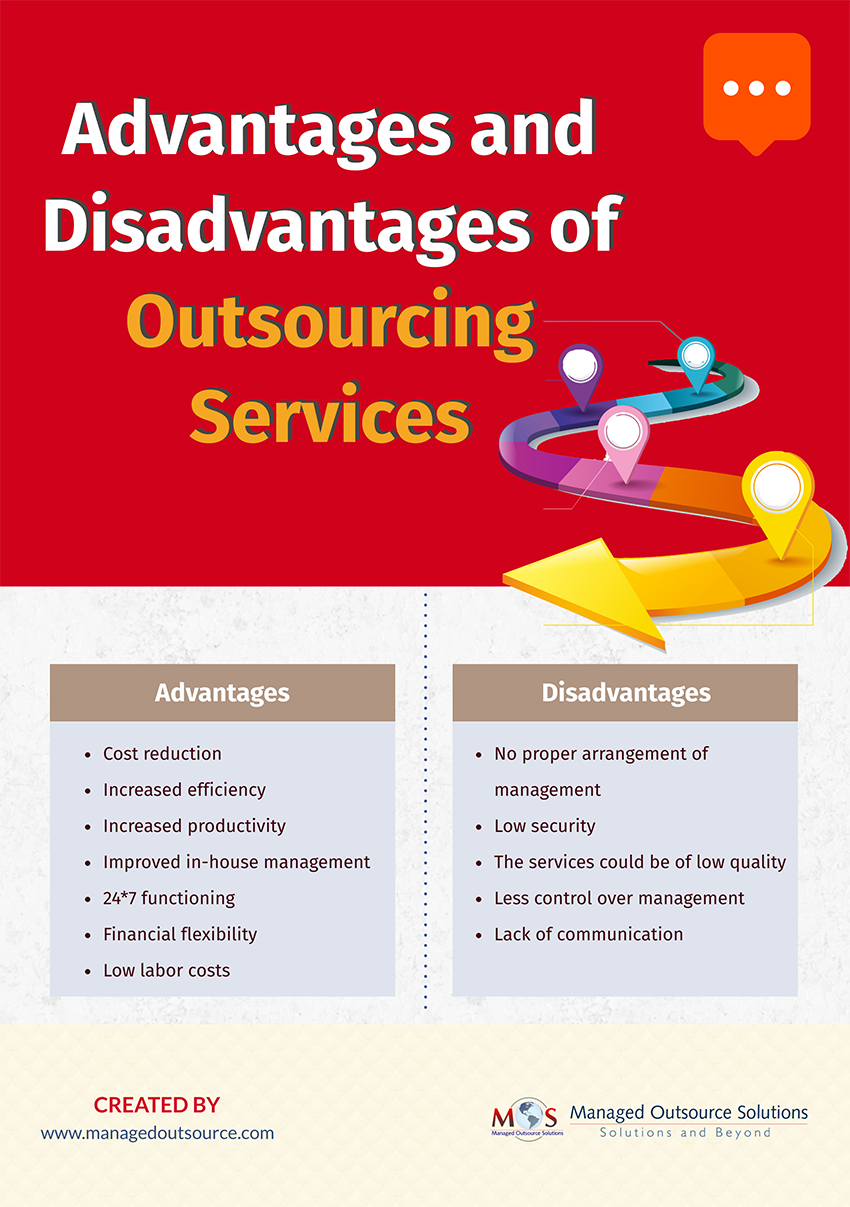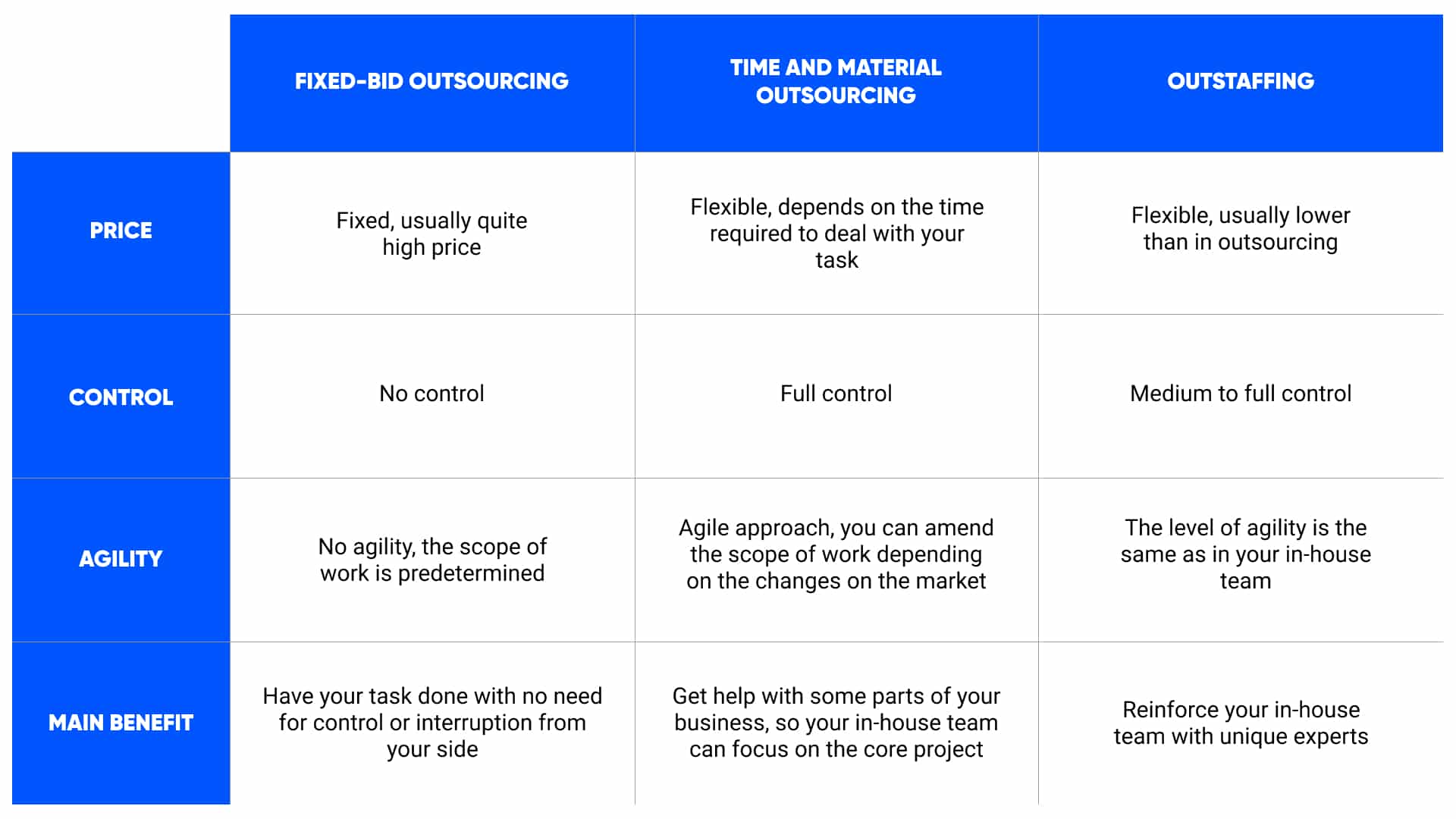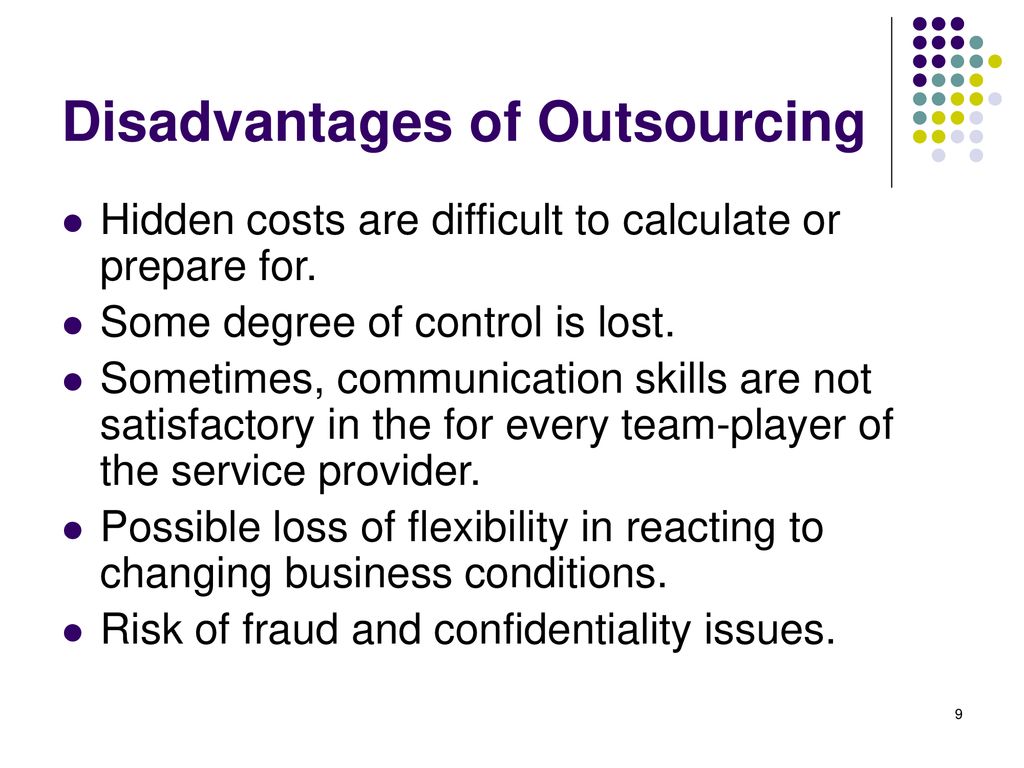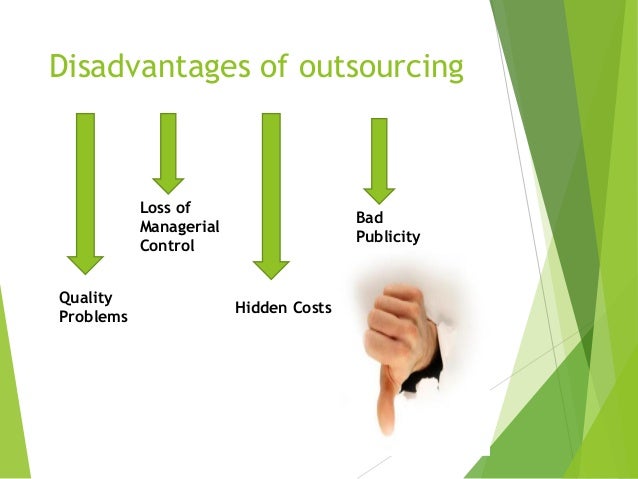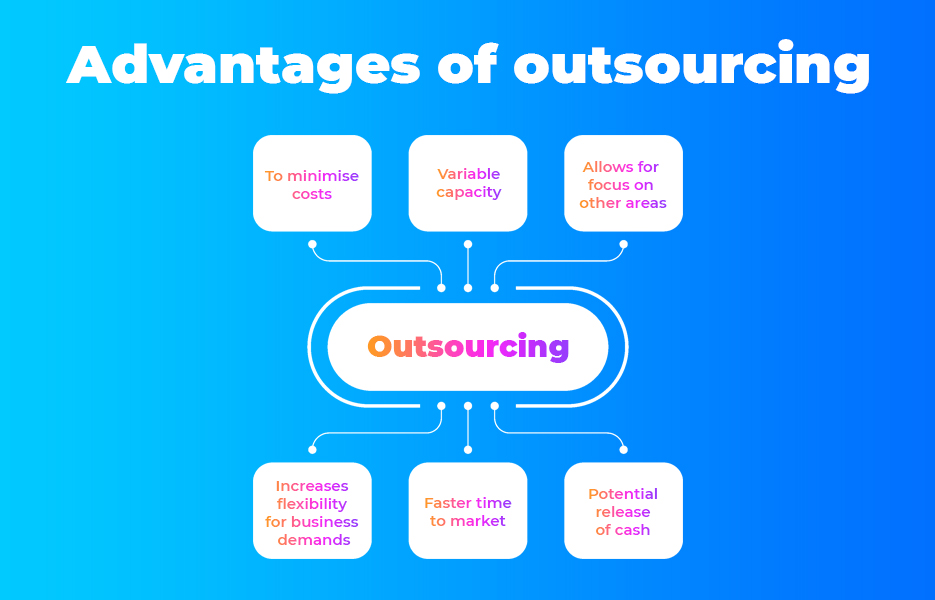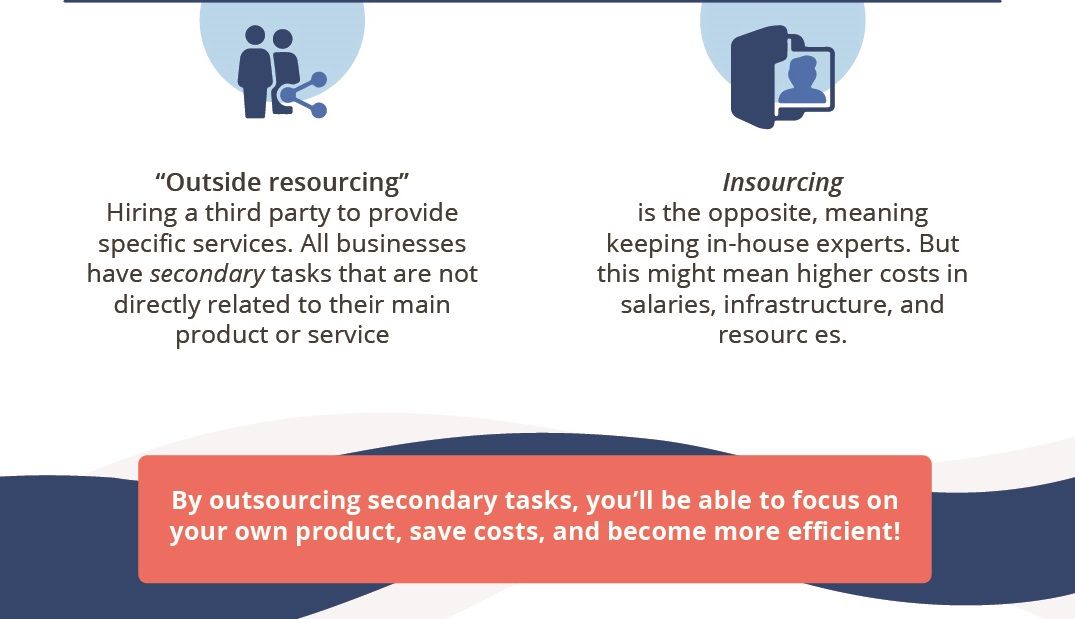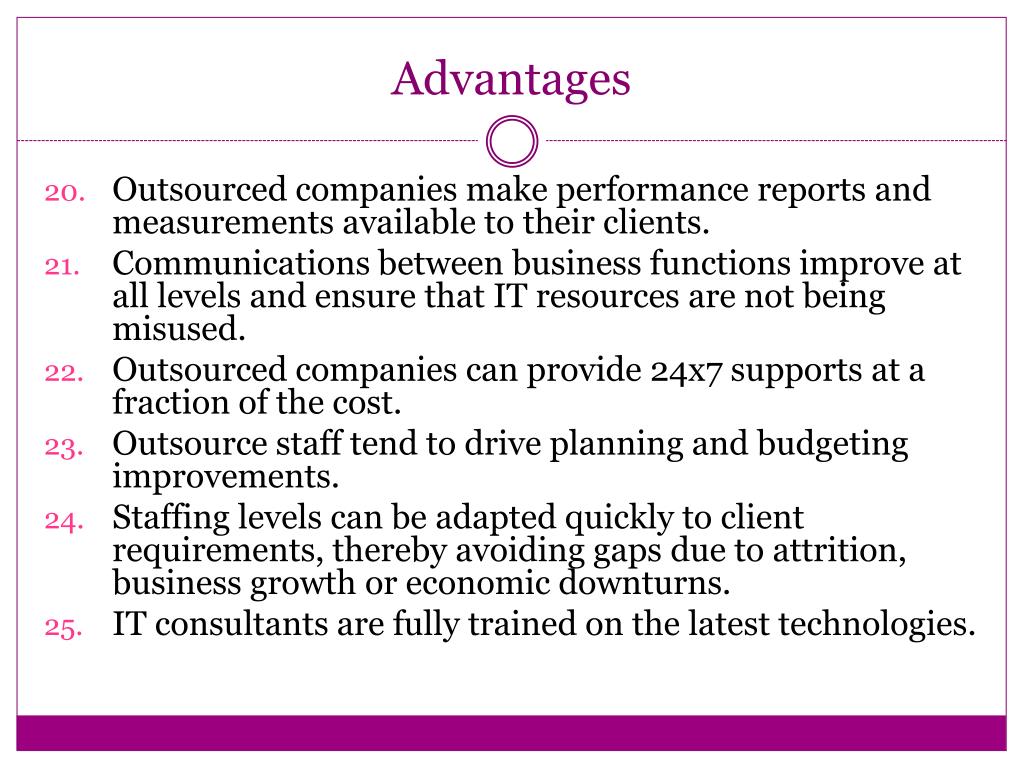Advantages And Disadvantages Of Outsourcing With Examples
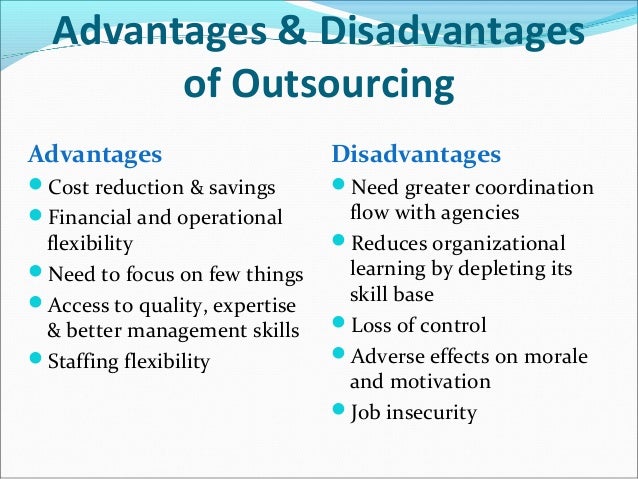
Businesses face critical decisions daily, and outsourcing – the practice of contracting out business processes to external providers – is a major one. Understanding its pros and cons is crucial for strategic decision-making in today's competitive landscape.
This article breaks down the advantages and disadvantages of outsourcing, providing concrete examples to help businesses navigate this complex issue.
The Allure: Advantages of Outsourcing
Cost Reduction is often the primary driver. Companies can significantly lower labor costs, overhead expenses, and infrastructure investments by outsourcing.
For example, a US-based software company might outsource its customer support to a provider in India where labor costs are significantly lower.
Increased Efficiency is another key benefit. Outsourcing allows businesses to focus on their core competencies, delegating non-core tasks to specialized providers.
Consider a marketing agency that outsources its accounting functions to a specialized firm; this allows the agency to concentrate on its core business – marketing – boosting overall productivity.
Access to Specialized Skills is a significant advantage. Companies can tap into a global pool of talent and expertise without the need for extensive training or hiring.
A small startup might outsource its app development to a team of experienced developers in Eastern Europe, gaining access to cutting-edge skills they wouldn't otherwise have.
Improved Scalability is another draw. Outsourcing provides flexibility to scale operations up or down quickly in response to changing market demands.
A retail company experiencing seasonal spikes in demand could outsource its order fulfillment to a third-party logistics provider, ensuring efficient handling of increased orders without long-term commitments.
The Dark Side: Disadvantages of Outsourcing
Loss of Control is a major concern. Businesses relinquish direct oversight over the outsourced processes, potentially leading to quality issues or delays.
A manufacturing company outsourcing its production to a foreign supplier might face challenges in ensuring consistent product quality and adherence to ethical labor standards.
Communication Barriers can hinder collaboration and productivity. Differences in language, culture, and time zones can create misunderstandings and delays.
A UK-based financial services firm outsourcing its IT support to a company in the Philippines might encounter communication challenges due to language differences and varying work schedules.
Security Risks are a serious consideration. Outsourcing sensitive data or processes increases the risk of data breaches and intellectual property theft.
A healthcare provider outsourcing its medical billing might expose patient data to security vulnerabilities if the outsourced provider's security measures are inadequate. Data privacy is paramount!
Hidden Costs can negate the initial cost savings. Unexpected fees, contract renegotiations, and the cost of managing the outsourcing relationship can add up.
A business outsourcing its web design might find that initial estimates are inaccurate, leading to unexpected expenses and project delays.
Examples: Real-World Scenarios
Nike famously outsources much of its manufacturing to factories in Asia, benefiting from lower labor costs and economies of scale.
However, Nike has also faced criticism for alleged labor abuses and poor working conditions in its outsourced factories, highlighting the ethical concerns associated with outsourcing.
Procter & Gamble outsources various functions, including IT and customer service, to specialized providers to improve efficiency and focus on its core competencies.
IBM is a major provider of outsourcing services, offering a wide range of solutions to businesses across various industries.
Moving Forward: Informed Decision-Making
Careful planning, thorough due diligence, and robust contract management are essential for successful outsourcing. Businesses must weigh the potential benefits against the risks, selecting partners carefully and establishing clear communication channels.
The outsourcing landscape is constantly evolving. Businesses must stay informed about the latest trends and best practices to make informed decisions that align with their strategic goals.

